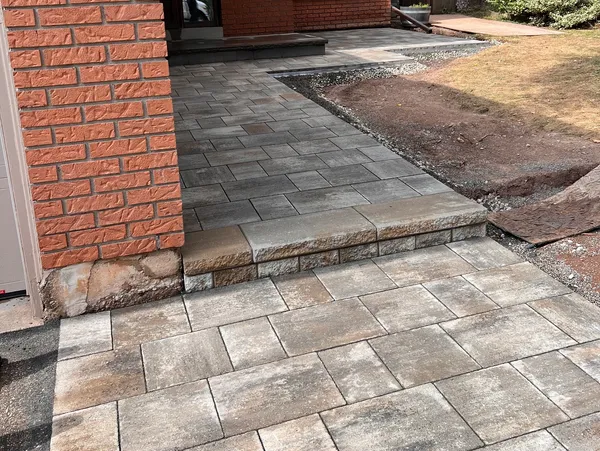Truly built to last!

In the world of landscaping, the process of compacting might not always steal the spotlight, but its importance cannot be overstated. Whether you’re laying down a new patio, installing a pathway, or creating a solid base for a retaining wall, proper compaction sets the stage for a project’s success.
At its core, compaction involves the compression of soil, gravel, or other materials to increase their density and stability. This seemingly simple step serves as the foundation upon which all other elements of a landscaping project rely.
First and foremost, compaction ensures structural integrity. By removing air voids and consolidating the material, compaction creates a solid base capable of supporting heavy loads and resisting settling over time. Without proper compaction, surfaces can shift, crack, or become uneven, leading to costly repairs down the line.
Moreover, compacting plays a crucial role in drainage. Properly compacted soil promotes efficient water runoff, preventing pooling and erosion that can damage landscaping features and compromise their longevity. Whether you’re dealing with a patio, driveway, or garden bed, adequate compaction helps maintain proper drainage patterns, safeguarding the health and aesthetics of the landscape.
Additionally, compaction enhances safety. A well-compacted surface reduces the risk of tripping hazards and ensures stability underfoot, creating a safer environment for homeowners, guests, and pets to enjoy.
In the realm of landscaping, attention to detail is key, and compaction is no exception. By investing time and effort into this essential process, landscapers lay the groundwork for durable, visually appealing outdoor spaces that stand the test of time.
In conclusion, while compaction may not always steal the spotlight, its significance in landscaping cannot be overlooked. From ensuring structural integrity and promoting proper drainage to enhancing safety, proper compaction is the unsung hero behind every successful landscaping project.
